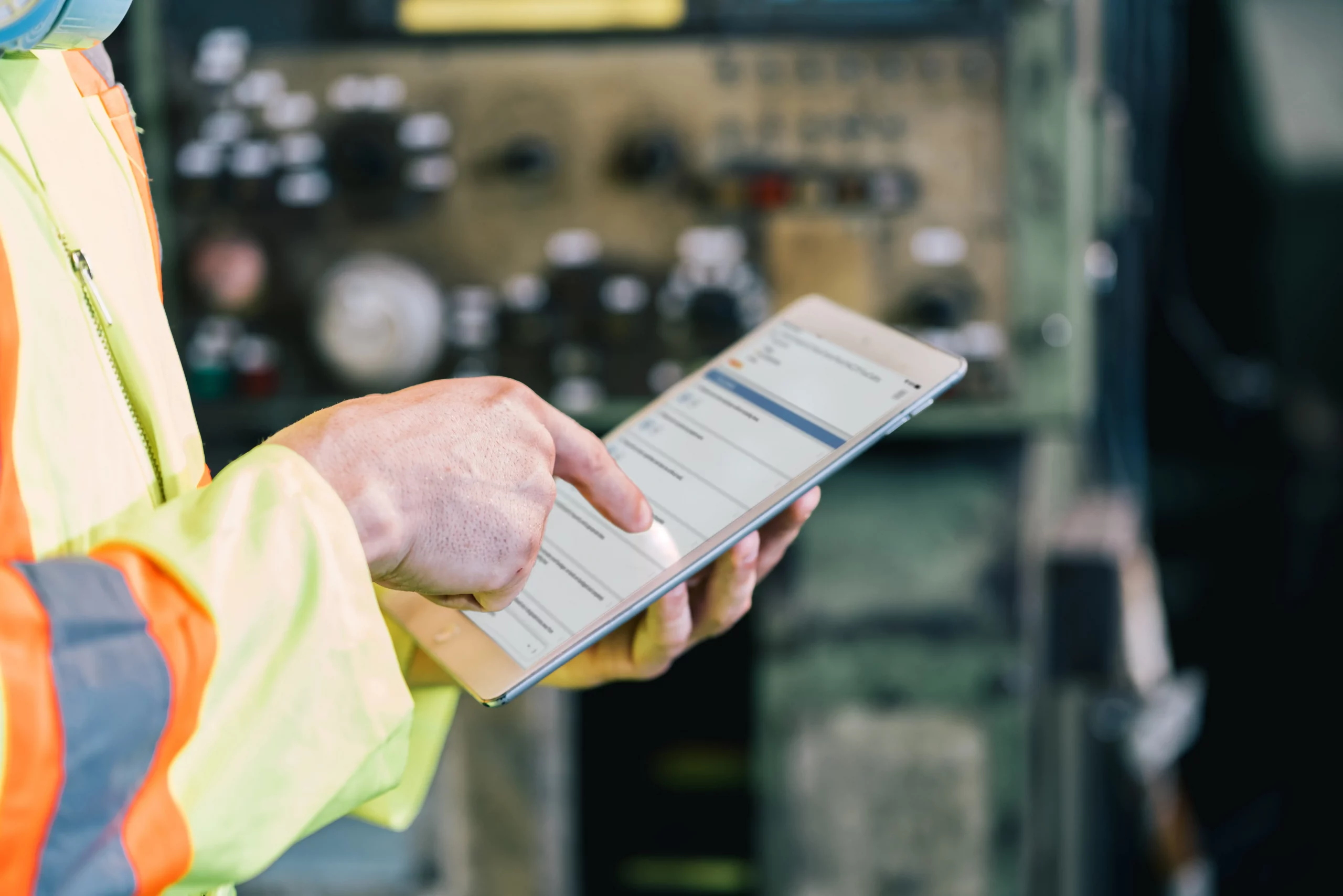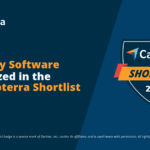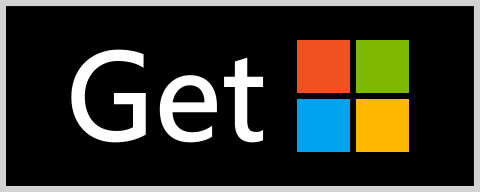
Table of Contents
Sustainability has evolved from a value statement into a supply chain mandate enforced not just by consumer sentiment, but by binding regulation and investor scrutiny.
From EU due diligence laws to SEC climate disclosures and tiered supply chain audits, enterprise-level accountability now requires quantifiable, defensible data, not isolated metrics, not siloed reports.
Across sourcing offices and strategy teams, the question has shifted from “Should we measure sustainability?” to “How do we do it credibly, consistently, and at scale across materials, manufacturing, and global partners?”
That’s why the Higg Index is gaining momentum: because it provides a unified framework for assessing and comparing environmental and social impact, from fiber to factory floor to finished product.
Collect key sustainability data with an effective ESG checklist template.
5000+ Downloads
What Is the Higg Index?
The Higg Index is a set of standardized tools for measuring the environmental and social performance of apparel, footwear, and textile companies and their supply chains. Developed by Cascale (formerly the Sustainable Apparel Coalition), it launched in 2012 to address a crucial gap: the lack of a unified, credible way to assess sustainability across the industry.
Why does the Higg Index matter? Before the Higg Index, brands and their suppliers faced a confusing patchwork of audits, surveys, and standards. This led to “audit fatigue” for factories, inconsistent data, and limited opportunities to benchmark progress. The Higg Index solved this by offering a comprehensive framework that everyone from small suppliers to global brands could use.
What Tools Make Up the Higg Index?
The Higg Index is a family of five tools, designed for a specific part of the value chain.
| Tool | What it Measures | Used By |
|---|---|---|
| Higg Facility Environmental Module (FEM) | Resource use, emissions, chemical handling, waste | Factories, mills |
| Higg Facility Social & Labor Module (FSLM) | Worker safety, wages, grievance mechanisms, hours | Suppliers, manufacturers |
| Higg Brand & Retail Module (BRM) | ESG governance, sourcing, risk management | Brands, retailers |
| Higg Materials Sustainability Index (MSI) | Environmental impact of fibers and fabrics | Design and sourcing teams |
| Higg Product Module (PM) | Lifecycle footprint of finished products | Product development teams |
How Does the Higg Index Work?
The Higgs Index process typically starts with a self-assessment. Facilities or brands complete detailed questionnaires, inputting data on everything from energy bills to wage records. Increasingly, these assessments are verified by independent third parties to ensure accuracy and credibility.
From here, the Higg tools generate scores and reports highlighting strengths, weaknesses, and areas for improvement. These results can be shared internally, with supply chain partners, or—if verified—publicly for greater transparency.
In most cases, Higg assessments are completed annually to allow companies to track progress over time and benchmark against industry peers.
Who Uses the Higg Index?
The Higg Index is used by over 40,000 users worldwide, including:
- Global Brands: Nike, Adidas, H&M, Patagonia, Levi’s, and many more.
- Manufacturers and Suppliers: From large vertically integrated mills to small cut-and-sew factories.
- Retailers: Companies looking to assess the sustainability of their private label products.
- NGOs and Industry Groups: As a basis for advocacy, research, and policy recommendations.

30+ Audit and inspection checklists free for download.
What Questions Do the Higg Tools Help Answer?
“Where Are My Biggest Environmental and Social Impacts?”
The Higg Index breaks down impacts into specific categories like water use, carbon emissions, chemical management, and labor practices so companies can pinpoint their most pressing challenges. For example, a factory might discover that its water usage is higher than the industry average, or a brand might find gaps in its supplier wage policies.
“How Do I Compare to Industry Peers?”
Because the Higg Index is standardized and widely used, it enables benchmarking. Companies can see how their scores stack up against similar organizations, driving healthy competition and inspiring improvement.
“What Should I Prioritize for Improvement?”
The detailed results and analytics provided by the Higg tools highlight “pain points” or areas where performance lags behind best practices or regulatory requirements. This enables focused investment in the areas that matter most, whether reducing energy consumption, improving worker safety, or switching to more sustainable materials.
“How Can I Communicate My Progress Credibly?”
With growing skepticism about “greenwashing,” brands need credible, third-party verified data to back their sustainability claims. Verified Higg Index scores can be shared with consumers, investors, and regulators to demonstrate real progress.
What Are the Benefits of Using the Higg Index?
1. Standardization and Efficiency
The Higg Index reduces the need for multiple, overlapping audits and surveys. This saves time and money for both brands and suppliers, and allows everyone to focus on improvement rather than paperwork.
2. Data-Driven Decision Making
Through providing concrete, comparable data, the Higg Index empowers companies to make smarter decisions. Whether that’s investing in new machinery, choosing lower-impact materials, or revising supplier contracts.
3. Continuous Improvement
The annual cycle of assessment, benchmarking, and action creates a culture of continuous improvement. Companies can set goals, measure progress, and celebrate achievements.
4. Transparency and Trust
Verified Higg data builds trust with stakeholders. It helps brands meet the growing demand for transparency from consumers, NGOs, and regulators.
5. Regulatory Compliance
With new regulations emerging (especially in the EU), the Higg Index helps companies prepare for and comply with requirements around due diligence, reporting, and responsible sourcing.
What Criticisms Has the Higg Index Faced?
The Higg Index, while widely adopted, has not escaped criticism, particularly around the quality of its data, the depth of its methodologies, and the degree of transparency in how results are shared.
A primary concern has been the Index’s early reliance on self-reported data, which led to questions about consistency, accuracy, and potential bias across regions and facilities. Although third-party verification is now supported and increasingly encouraged, it is not yet mandatory in all cases, and data quality concerns continue to surface.
The Higg Materials Sustainability Index (MSI), in particular, has drawn scrutiny for oversimplifying material comparisons. Critics argue that the methodology can fail to account for important contextual impacts, such as biodiversity loss, land use intensity, or the environmental value of regenerative practices. These omissions can lead to misleading conclusions or mask trade-offs critical to responsible sourcing decisions.
Another limitation is the inconsistent transparency of Higg scores. Although the Index was designed to promote open reporting, many brands and suppliers choose not to publish their results. This undermines its potential as a tool for industry-wide accountability and weakens benchmarking opportunities and stakeholder trust.
How Is the Higg Index Evolving?
While criticisms of the Higg Index highlight important areas for improvement, they have also shaped the ongoing evolution of the Index itself.
Cascale continues to refine its methodologies, expand impact categories, and strengthen verification and reporting standards in response to stakeholder feedback. Key areas of evolution include:
- Improved Data Quality:
More robust verification processes and digital data collection are making scores more reliable. - Expanded Scope:
New modules and updates address gaps, such as circularity, biodiversity, and climate risk. - Greater Accessibility:
Training, support, and user-friendly platforms make it easier for suppliers of all sizes to participate. - Alignment with Regulations:
The Higg Index is being updated to help brands comply with new due diligence and reporting laws, especially in Europe.
Use Cases of the Higg Index
Levi Strauss & Co.
Levi’s uses the Higg FEM to assess environmental performance at its supplier factories. Through analyzing water and energy use, the company identified high-impact facilities and invested in water-saving technologies, resulting in significant reductions in water consumption across its supply chain.
Read the Levi Strauss & Co. 2020 Higg Module Scores
H&M Group
H&M leverages the Higg MSI to guide material selection for its Conscious Collection, prioritizing fibers with lower environmental impacts. This data-driven approach has helped the brand reduce its overall carbon footprint and increase the share of recycled materials in its products.
Read about H&M Group’s Higg Initiative
How to Get Started With the Higg Index
- Join Cascale:
Membership provides access to the full suite of Higg tools, training, and support. - Map Your Value Chain:
Identify which Higg modules are most relevant to your operations (e.g., FEM for factories, BRM for corporate teams). - Collect Data:
Gather the necessary data from your facilities, suppliers, and internal teams. - Complete Assessments:
Fill out the relevant Higg modules, either as a self-assessment or with third-party verification. - Analyze Results:
Use the dashboards and reports to identify strengths, weaknesses, and priorities for improvement. - Take Action:
Develop and implement action plans to address key issues and track progress over time. - Communicate Transparently:
Share your verified results with stakeholders to build trust and demonstrate leadership.
The Solution to Collecting Higg Index Data
For many organizations, the hardest part of adopting the Higg Index isn’t the assessment. But rather, it’s collecting, organizing, and verifying accurate data across complex, often global supply chains. Manual processes, inconsistent formats, and varied reporting capabilities across facilities can slow progress and impact data quality.
There are software solutions available that simplify and structure Higg-aligned data collection from the start. These tools help organizations:
- Deploy customizable digital forms tailored to specific Higg modules (FEM, FSLM, MSI, etc.), ensuring the right questions are asked and responses are standardized across facilities
- Compile and validate data automatically, reducing prep time and minimizing errors
- Offer pre-submission dashboards and reporting to surface insights before uploading to Higg
- Integrate corrective action workflows to address gaps and monitor follow-up, all within the same system
And because these tools aren’t limited to Higg-specific use, they can also support broader needs, from supplier due diligence audits to self-reporting programs and other checklist-based workflows across the enterprise.
- A Mark of Excellence: Certainty Software Achieves Multiple 2025 Recognitions from Capterra, Software Advice and GetApp

- The Hidden Cost of Failing Workplace Safety Inspections

- What Are the Top Features Every Workplace Safety Inspection Software Must Have?

- Why Certainty Software Outperforms Traditional Audit Approaches

- AI-Enabling Technologies Transforming Safety Management









